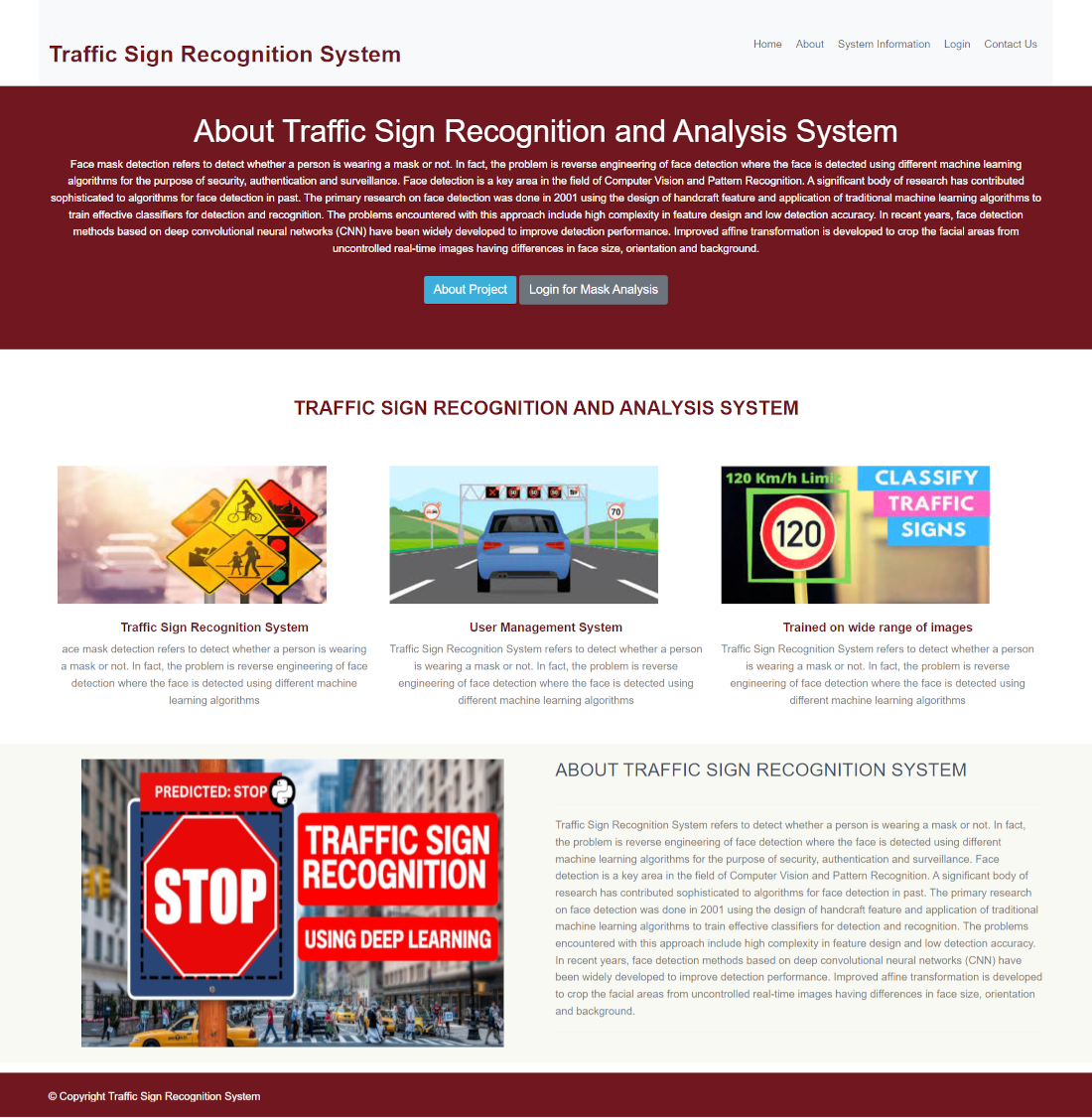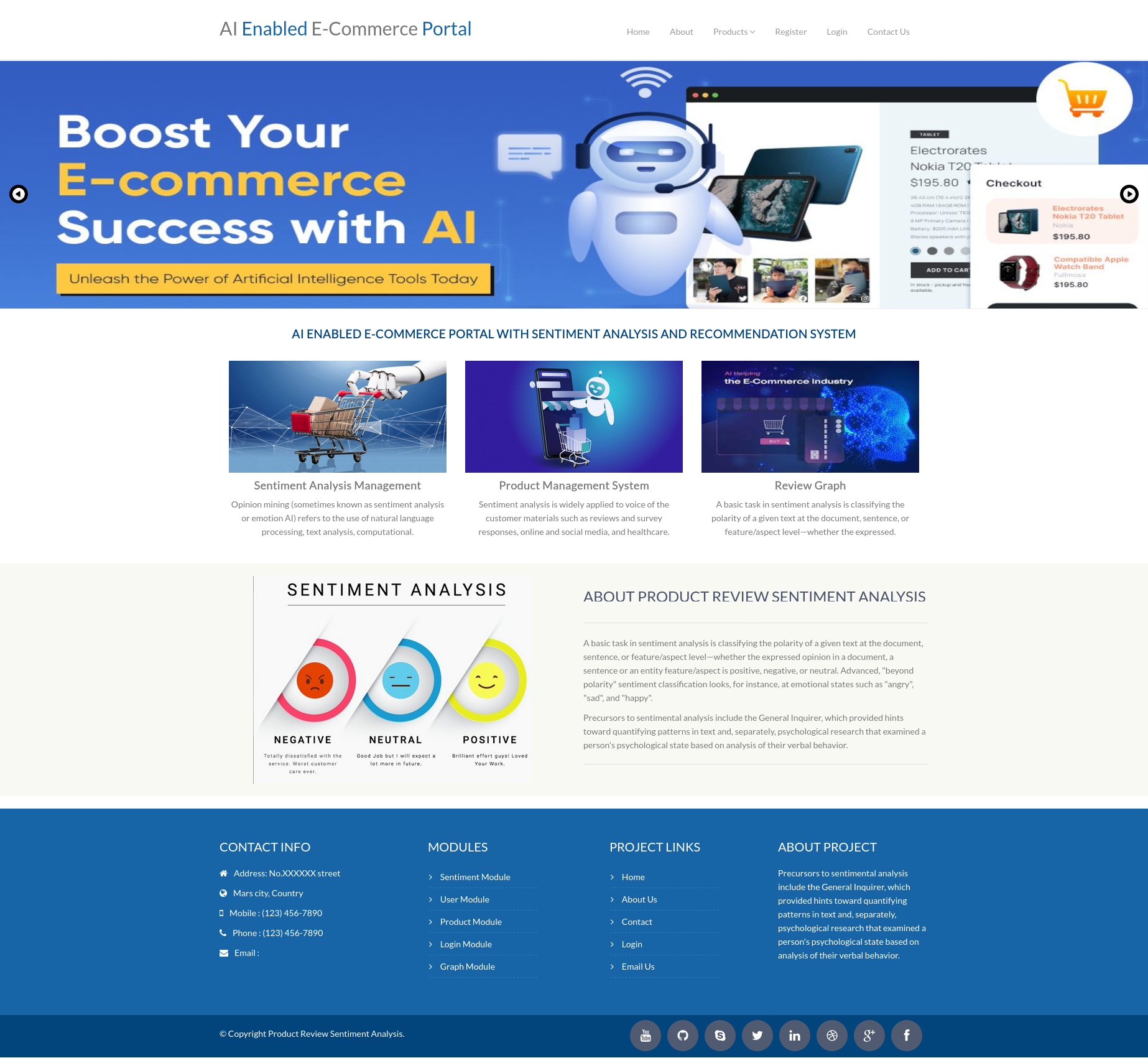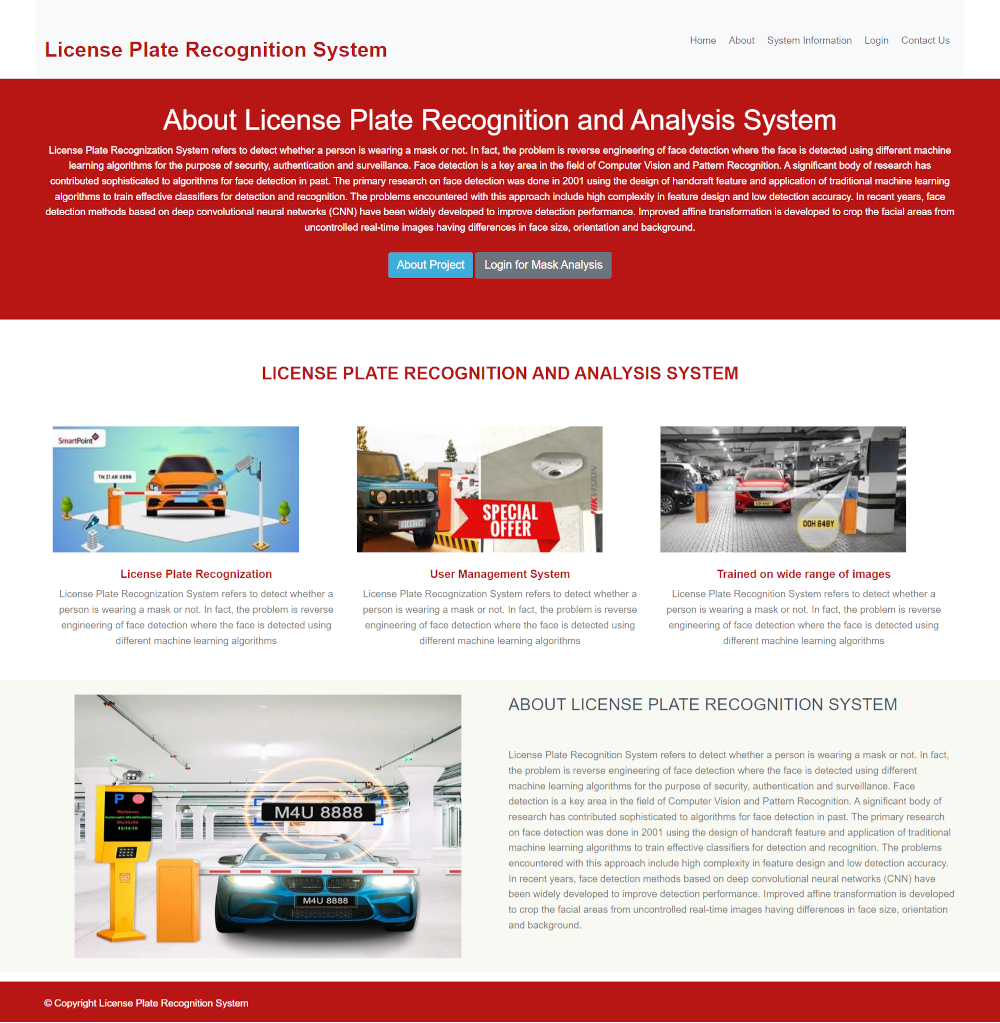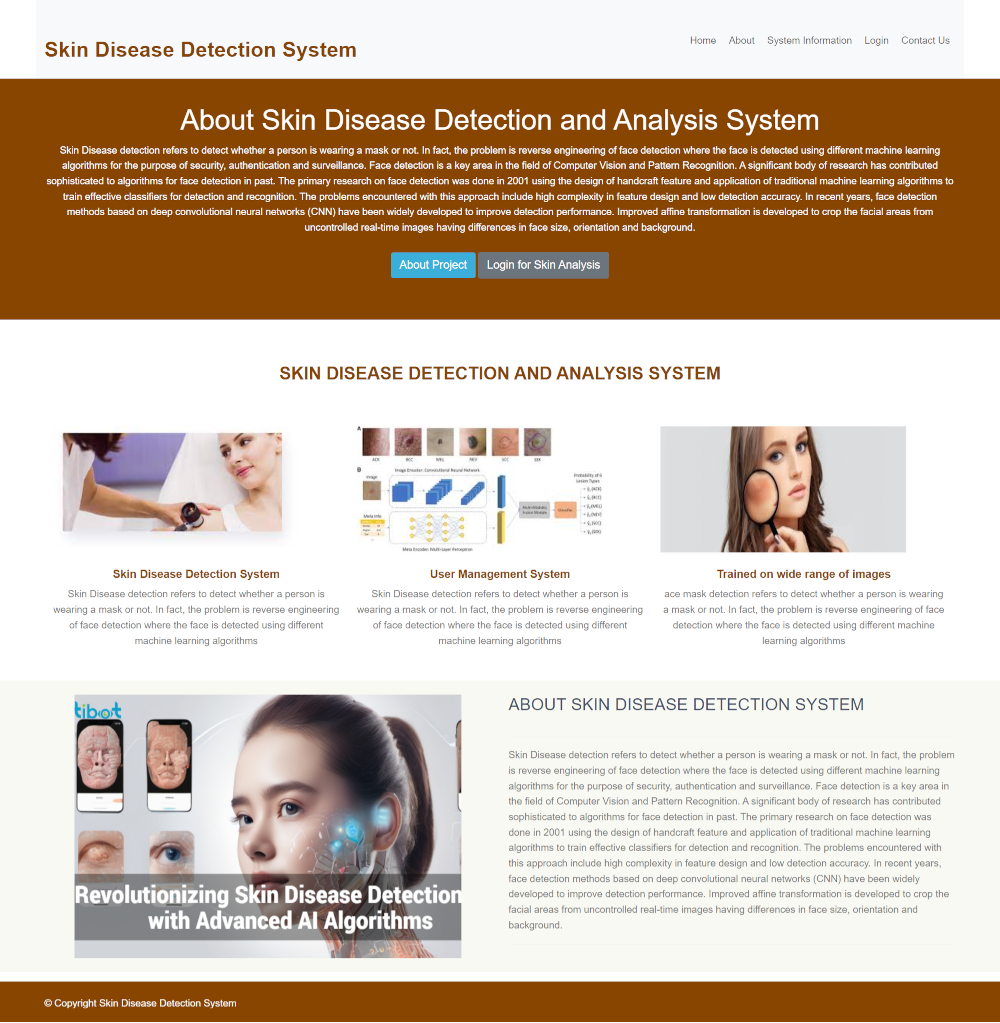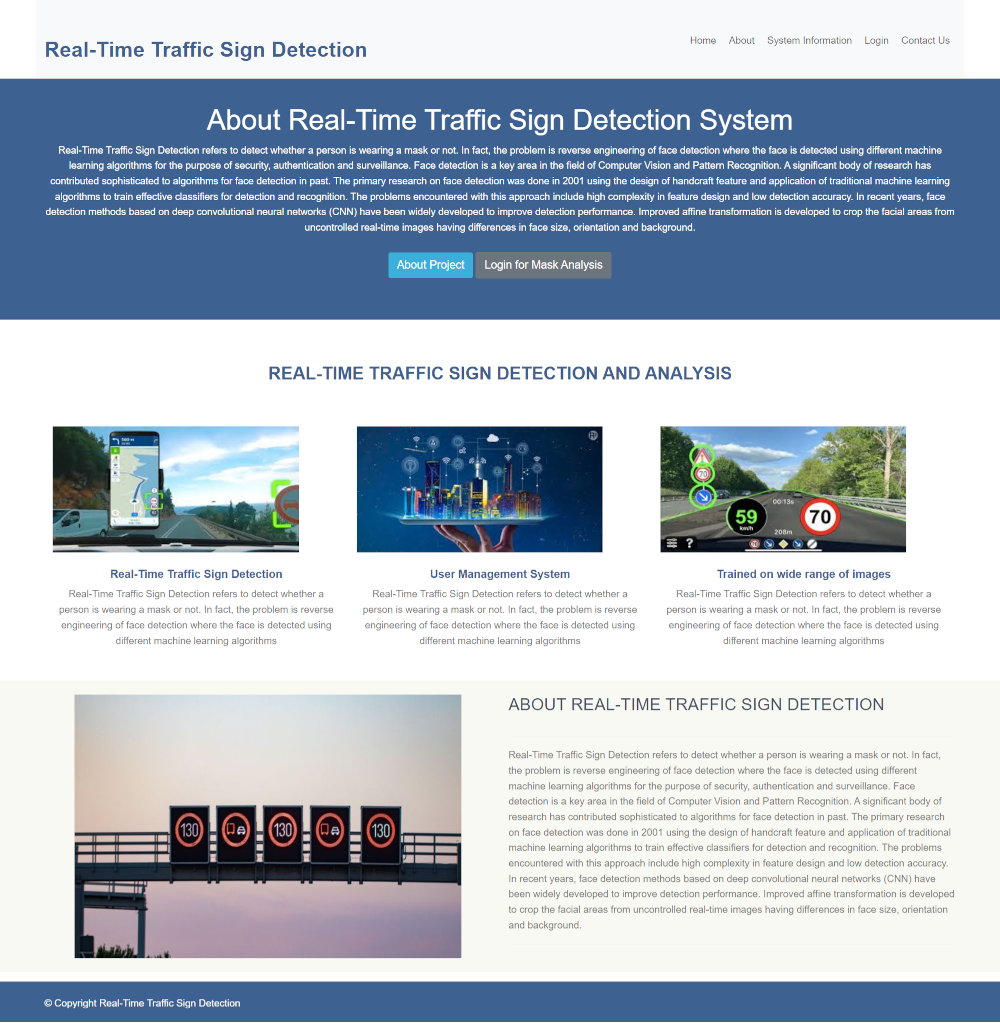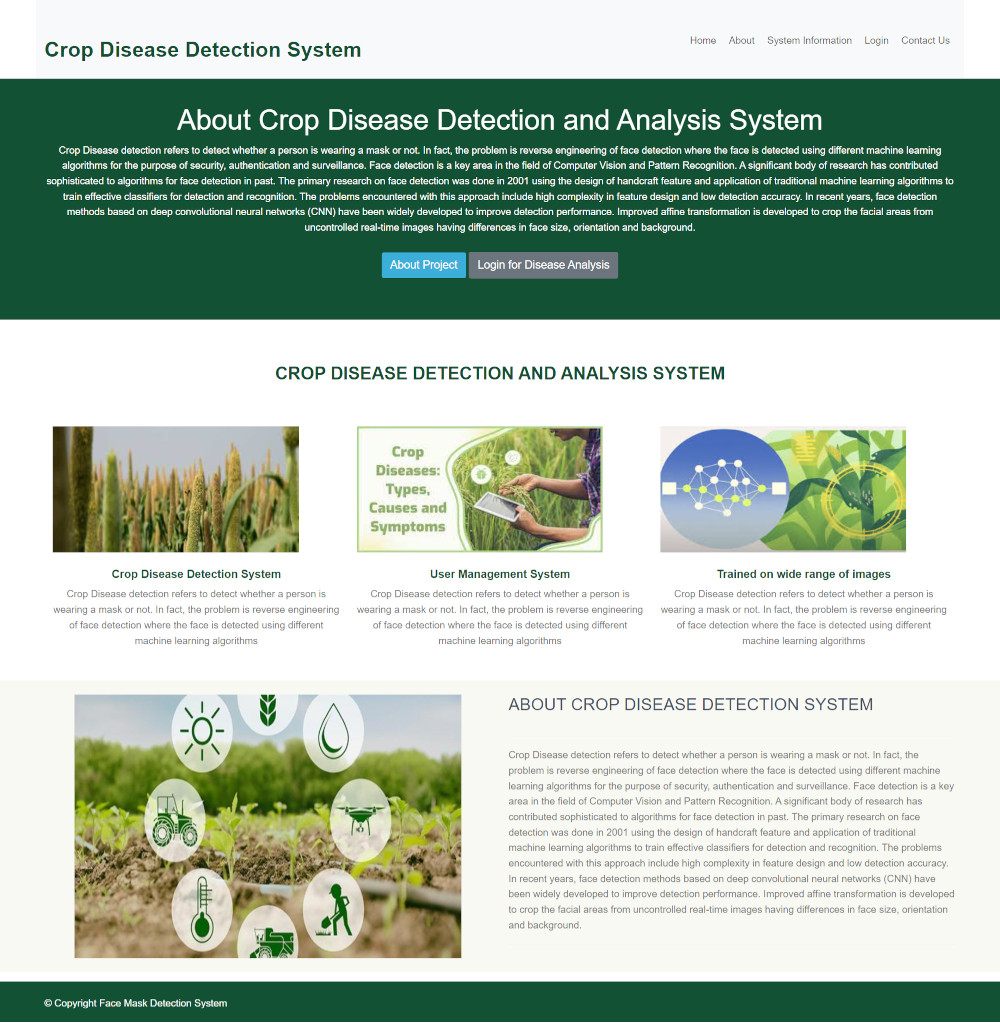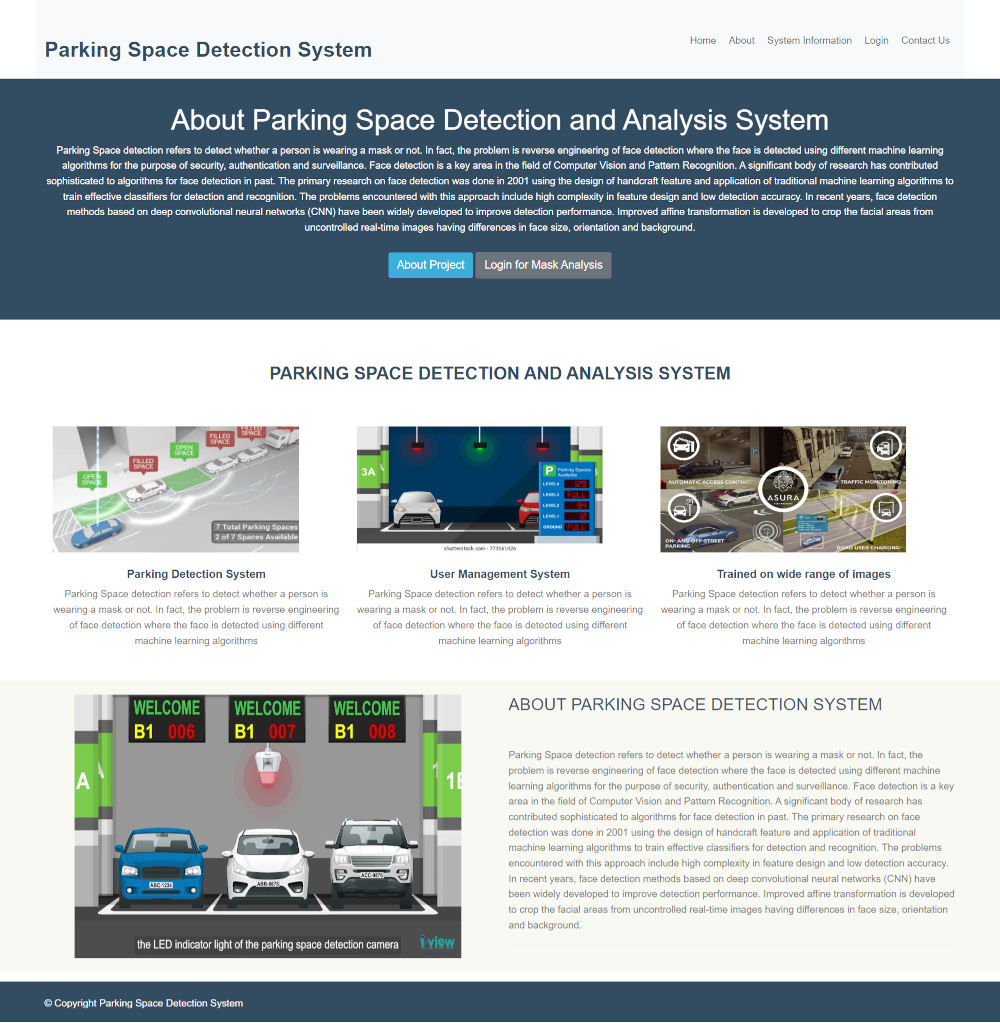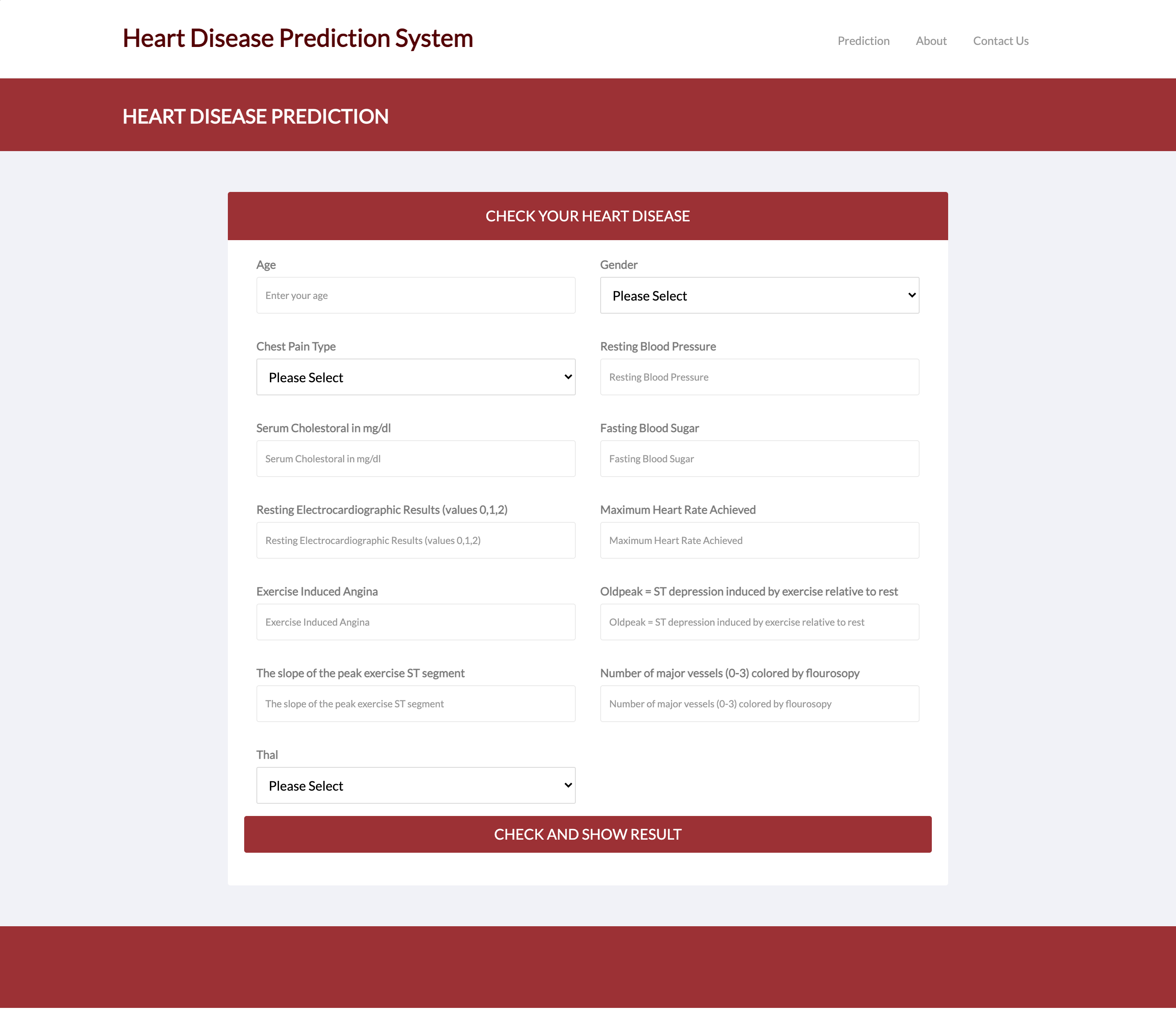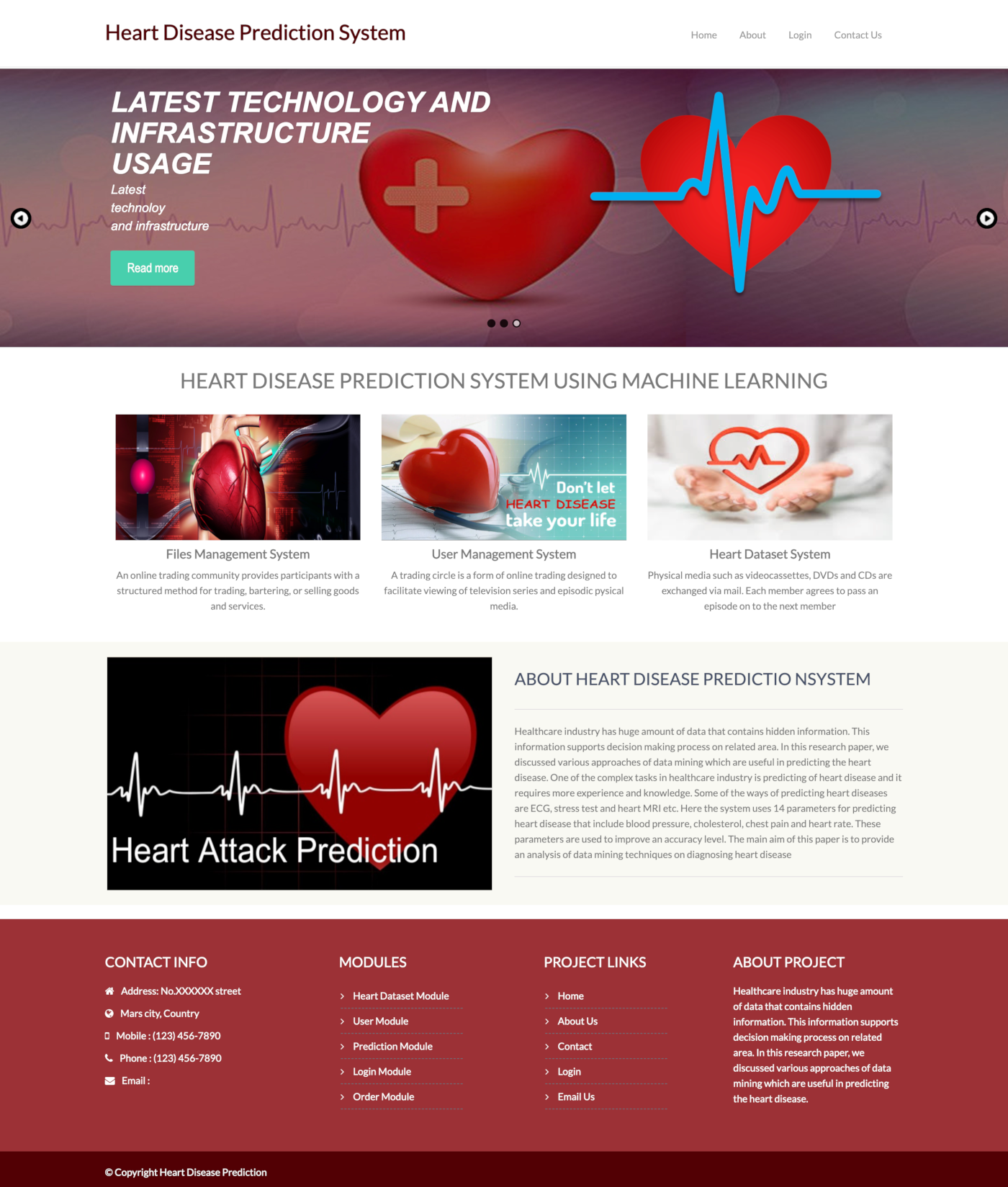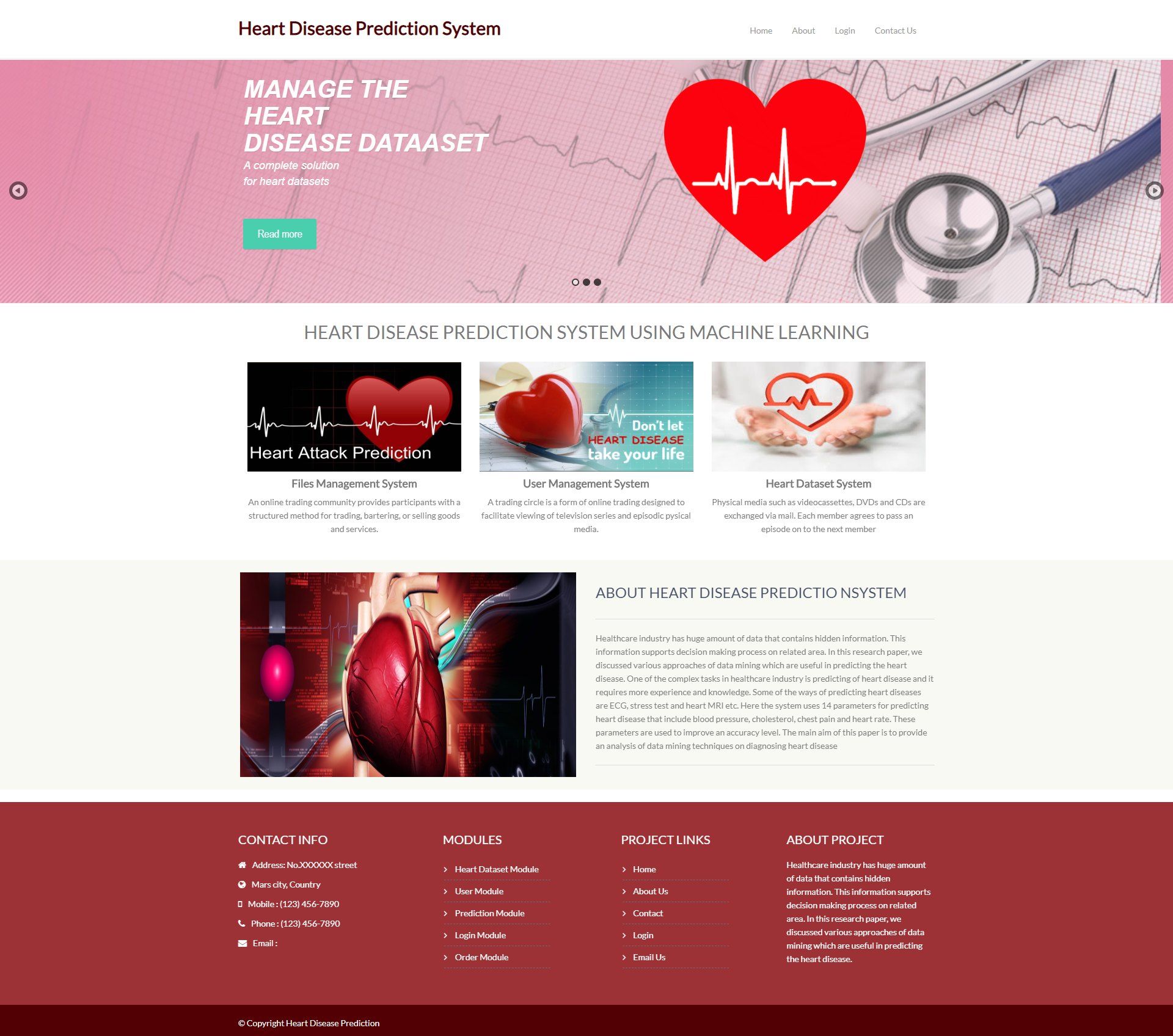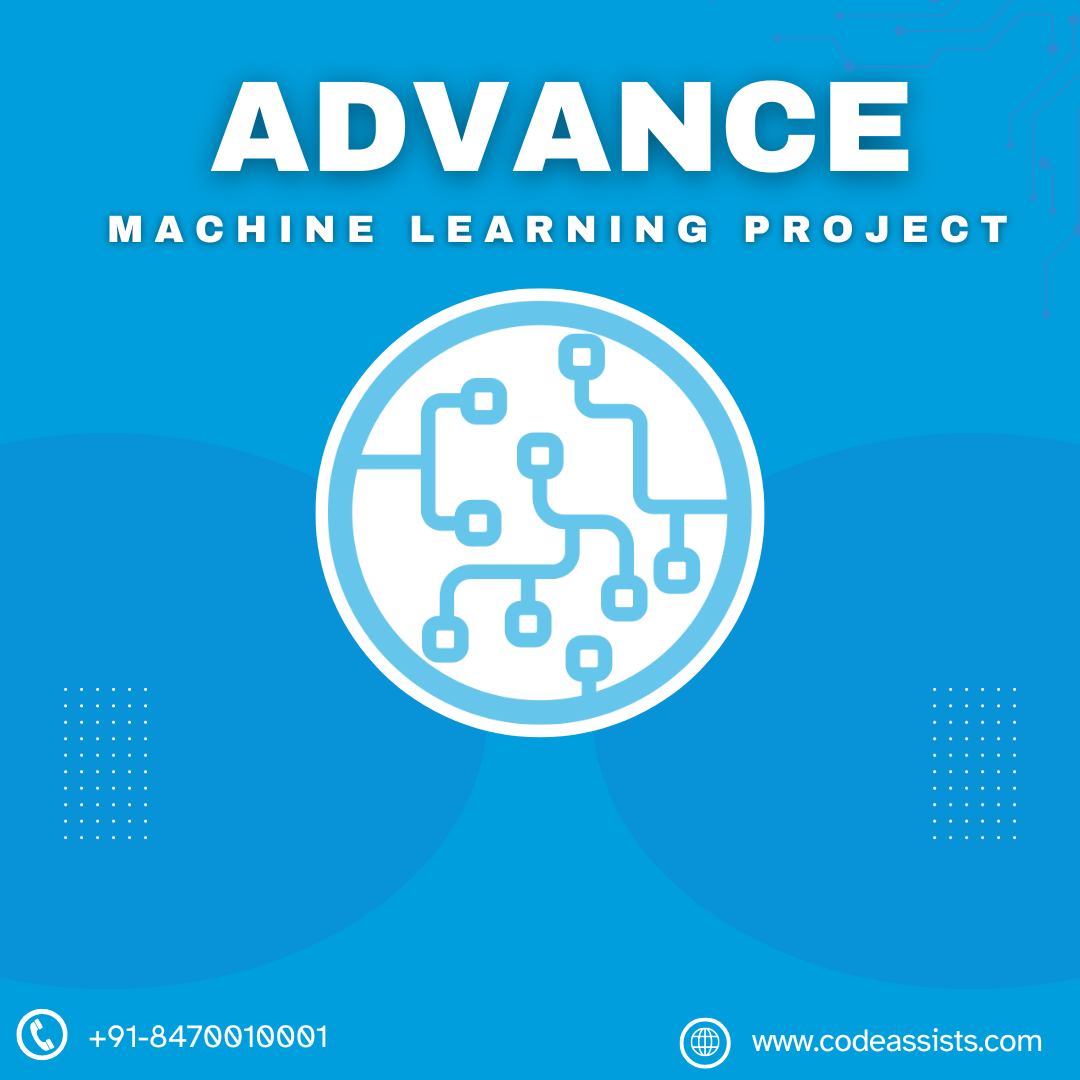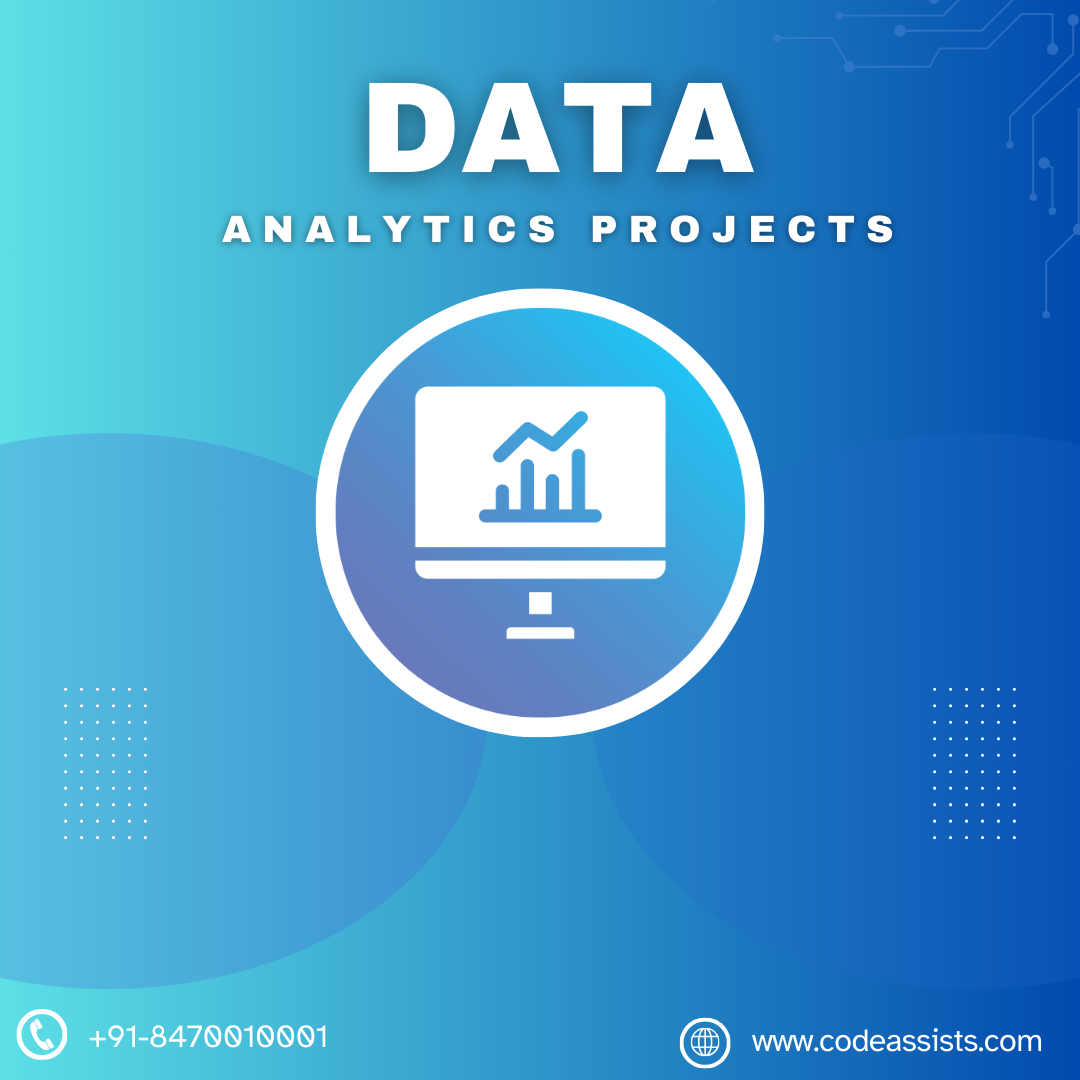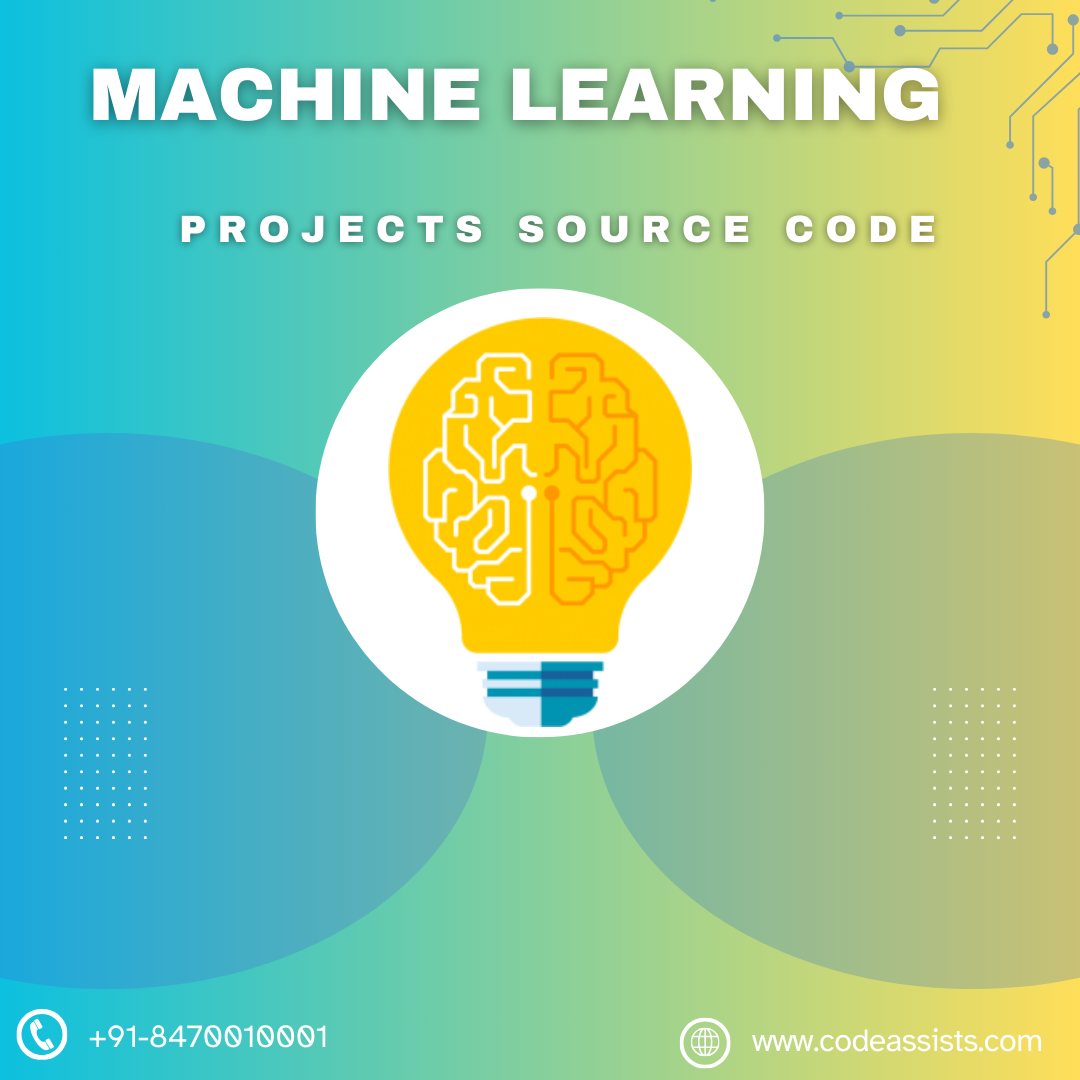Description
Heart disease is currently the most common disease, but unfortunately, the treatment for heart disease can be costly and not affordable for the average person. One way to address this issue is by predicting heart disease before it becomes dangerous using the Heart Disease Prediction System Using Machine Learning and Data Mining. Early detection of heart disease can greatly improve treatment outcomes. Machine learning and data mining techniques are utilized to construct this prediction system. In the healthcare field, there is a wealth of healthcare data available in various forms, such as text and images, that is often underutilized. The Heart Disease Prediction System aims to address this issue and reduce costs while enhancing the quality of treatment for heart patients. By identifying potential heart problems early on, the system can make intelligent medical decisions and improve patient outcomes.
The Heart Disease Prediction System Using Machine Learning and Data Mining involves a training dataset and user input as the test dataset. The system is implemented using the Weka data mining tool with an API in Java. The system is designed with Java Swing and utilizes the Weka API to call different methods of Weka. Supervised learning methods are used, where algorithms analyze the training data and create a function from the labeled training set. The training data is obtained from the Cleveland heart disease database and consists of class labels and corresponding values. Naive Bayesian, J48, and Random Forest classifiers are used to classify new instances based on the training set. The system accepts user input through a graphical user interface.
Static Pages and Other Sections:
The project Heart Disease Prediction System includes the following static pages:
- Home Page with a user-friendly interface
- An animated slider for image banners on the Home Page
- About Us page describing the project
- Contact Us page for project inquiries
Technology Used in the Project Heart Disease Prediction System
The project is developed using the following technologies:
- HTML for page layout
- CSS for design elements
- JavaScript for validation tasks and animations
- Python for business logic
- MySQL as the database
- Django framework for project development
Supported Operating Systems
The project can be configured on the following operating systems:
- Windows: Easily configured on Windows by installing Python, PIP, and Django
- Linux: Compatible with all versions of Linux
- Mac: Can be configured on Mac operating systems




